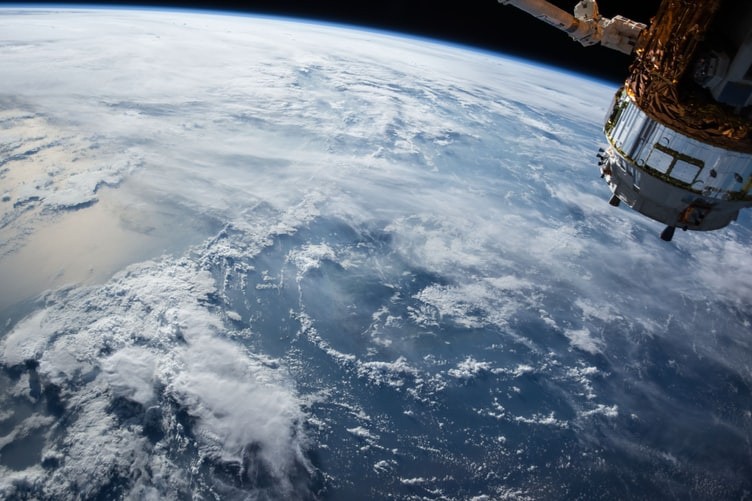
Space debris has been cluttering the space just beyond the Earth's clouds and outside of the average person's notice.
Whenever satellites are launched into space, they are expected to continue to follow a path of orbit to bounce a signal back to ground stations. These are built to last in outer space, but when they move out of orbit or otherwise find it difficult or near impossible to communicate back to the ground stations, these billion-dollar satellites are in danger of not only becoming obsolete but also of contributing to the growing pile of space junk in low-earth orbit (LEO).
Aside from dead satellites, stray pieces of old spacecraft, solid-fuel rockets, and the occasional flecks of paint pose danger to space exploration, signal propagation, and pollution as these pieces of junk speed through space as fast as 18,000 miles per hour.
In a phenomenon often referred to as the Kessler syndrome, the problem also multiplies exponentially when disparate pieces of space debris ram into each other, creating smaller fragments that could cut through expensive equipment in space. The risk of possible collisions also increases as more of these fragments remain in orbit.
While this understandably raises concerns among those powerful enough to govern private satellite links or are invested in space exploration, NASA and SpaceX should not be the only ones worrying about this growing problem.
In fact, such an out-of-this-world problem maintains pressing implications on life on Earth. Namely, in how people communicate.
Telecommunication satellites are among those of immediate concern to the general populace. Without these, people would have to shift to the use of undersea cables and ground-based communication systems, though these alternative solutions are not without risks themselves. Undersea cables, for example, are expensive to deploy and difficult to maintain, not to mention are at risk with interference from marine life. The level of communication enjoyed at the moment through the internet would cease to exist and mobile phones would be rendered useless.
GPS (called the Global Positioning System for a reason) would be lost, affecting airlines dependent on GPS for charting fuel-efficient routes. On the industrial side of things, supply-chain management would be thoroughly disrupted as cargo vessels and transportation hubs would navigate in the dark.
There have been efforts to reduce and clean up space debris, but with marginal success relative to the amount generated on a yearly basis. Among those looking to solve the space junk problem is the European Space Agency (ESA), the National Aeronautics and Space Administration (NASA), and a myriad of independent aerospace companies.
Solutions such as shooting down dead satellites with lasers, re-using rockets and launch pads, and pushing for government reform on aerospace activity are all currently underway. Sadly, NASA warns that the laser solution would only result in the Kessler syndrome and while Elon Musk's SpaceX continues to work on ways to make space travel sustainable through recyclable launching systems, the company itself is under heat from astronomers due to the amount of space debris their own initiatives create as well as the light pollution their Starlink project contributes, making it difficult for astronomers to map and monitor actual stars.
© 2025 NatureWorldNews.com All rights reserved. Do not reproduce without permission.





